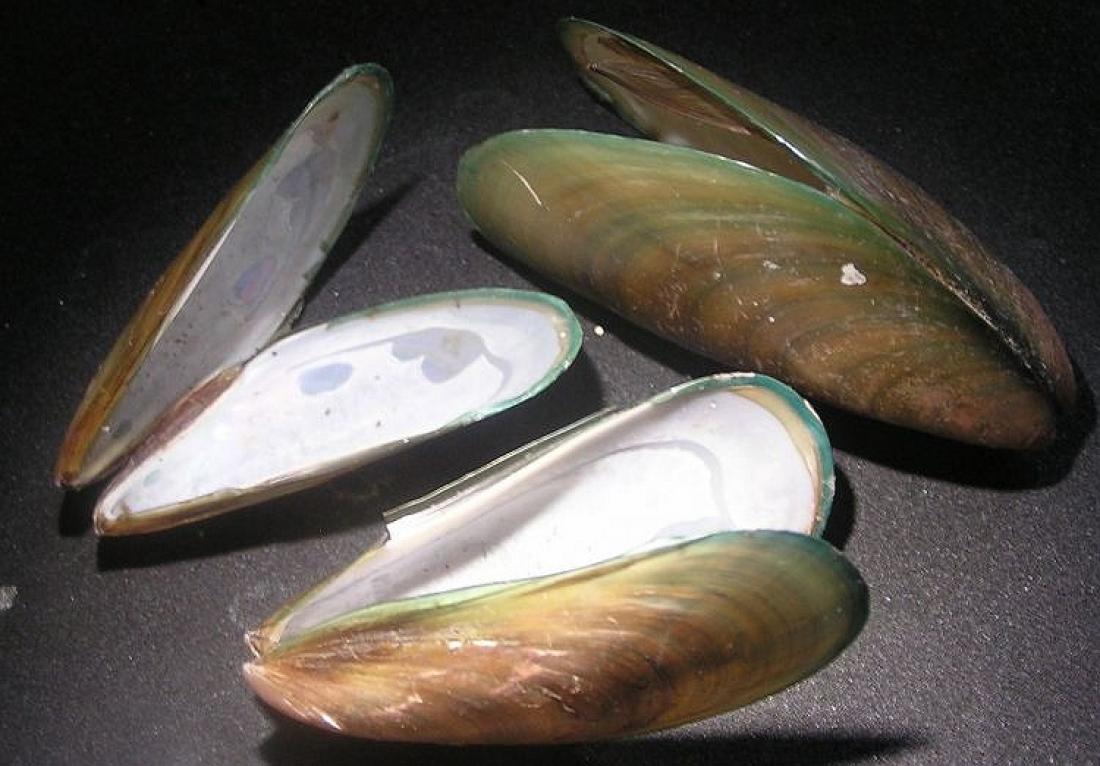Perna viridis mussels
A research team in Malaysia has concluded that caged mussels are useful for monitoring heavy metal contamination in coastal waters in the Strait of Johore. Transplanted or caged mussels have previously been used in Argentina, the Mediterranean Sea, Boston Harbour, and the South Pacific to identify areas of metal pollution.
The researchers, who published their findings in the Pertanika Journal of Science and Technology, used caged mussels (Perna viridis) transplanted from relatively clean waters of the Strait of Johore to assess heavy metal concentrations in a more polluted stretch. An important area for fishing and aquaculture, the Johore Strait separates the Malaysian state of Johore from Singapore.
The study showed that the eastern part of the Strait was significantly more polluted with cadmium, copper, iron, nickel, lead and zinc than the western part. It also found that the byssus or external filaments of P. viridis are particularly effective biomonitors of cadmium, nickel, lead and zinc, while the mussel's shell can be used to monitor copper, nickel and lead.
Zinc accumulated the fastest in the transplanted mussels, while cadmium accumulated the slowest.
According to the researchers, marine mussels are suitable for transplantation experiments because they are inexpensive and reliable.
In addition, P. viridis:
• has a sedentary lifestyle;
• has enough tissues for metal analysis;
• is a suspension feeder;
• is tolerant of high heavy metal concentrations; and
• is prone to bioaccumulate and magnify such metals.
For more information about this study, please contact:
C. K. Yap
Department of Biology
Faculty of Science
Universiti Putra Malaysia
43400 Serdang, Selangor, Malaysia
Email: [email protected]
About Pertanika Journal of Science & Technology (JST)
Pertanika Journal of Science & Technology (JST) is published by Universiti Putra Malaysia in English and is open to authors around the world regardless of nationality. Currently, it is published twice a year in January and July. Other Pertanika series include Pertanika Journal of Tropical Agricultural Science (JTAS), and Pertanika Journal of Social Sciences & Humanities (JSSH).
Pertanika Journal of Science & Technology aims to provide a forum for high quality research related to science and engineering research. Areas relevant to the scope of the journal include: bioinformatics, bioscience, biotechnology and bio-molecular sciences, chemistry, computer science, ecology, engineering, engineering design, environmental control and management, mathematics and statistics, medicine and health sciences, nanotechnology, physics, safety and emergency management, and related fields of study.
For more information about the journal, contact:
The Chief Executive Editor (UPM Journals)
Head, Journal Division, UPM Press
Office of the Deputy Vice Chancellor (R&I)
IDEA Tower 2, UPM-MDTC Technology Centre
Universiti Putra Malaysia
43400 Serdang, Selangor
Malaysia.
Phone: +(603) 8947 1622 | +(6016) 217 4050
Email: [email protected]
__________________________________________
Acknowledgements
The Chief Executive Editor, UPM Journals



